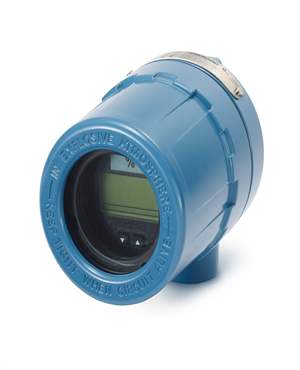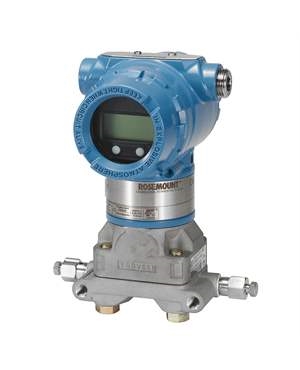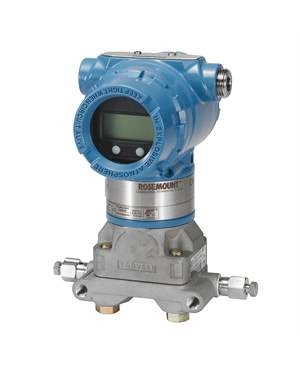Understanding Electrochemical Detection: Principles, Techniques and Environmental Application
Brian Craig
July 15, 2024
Electrochemical detection proves to be an adaptable technique employed for examining substances in different settings. Its significance has markedly increased owing to its sensitivity, precision and capability, for real time monitoring. In this article we aim to delve into the fundamentals of sensing the methodologies applied and its uses in monitoring the environment. By grasping these notions we can acknowledge the function that electrochemical detection serves in safeguarding our surroundings.

Principles of Electrochemical Detection
Electrochemical detection relies on the principles of electrochemistry, which studies the interactions between electrical energy and chemical changes. Key components of this method include:
- Electrodes: Conductive materials that facilitate electron transfer.
- Electrolytes: Solutions containing ions that allow for the conduction of electricity.
- Electrochemical Cell: The setup where the electrochemical reactions occur.
The fundamental processes in electrochemical detection are oxidation (loss of electrons) and reduction (gain of electrons). These reactions generate measurable electrical signals, which are used to identify and quantify substances.
Electrochemical Detection Techniques
- Voltammetry: This technique measures the current as a function of applied voltage. Types of voltammetry include cyclic, differential pulse, and square wave voltammetry, each offering different advantages for environmental monitoring.
- Amperometry: In amperometry, the current is measured at a constant voltage over time. This technique is highly effective for detecting pollutants in water.
- Potentiometry: Potentiometry involves measuring the voltage of an electrochemical cell without drawing significant current. Ion-selective electrodes are commonly used for this technique, making it suitable for measuring pH, heavy metals, and other ions in the environment.
- Electrochemical Impedance Spectroscopy (EIS): EIS measures the impedance of a system over a range of frequencies. This technique is valuable for sensor development and detailed environmental analysis.
Environmental Applications
- Water Quality Monitoring: Electrochemical detection is widely used to monitor water quality by detecting heavy metals, organic pollutants, and pathogens. Examples include detecting lead in drinking water and monitoring pesticide levels in agricultural runoff.
- Air Quality Monitoring: This technique is used to detect gaseous pollutants like nitrogen oxides (NOx), sulfur oxides (SOx), carbon monoxide (CO), and volatile organic compounds (VOCs). Real-world applications include monitoring emissions from industrial processes and vehicle exhausts.
- Soil Contamination Analysis: Electrochemical detection helps identify pesticides, heavy metals, and other contaminants in soil. Practical applications include assessing soil health in agricultural fields and monitoring contamination near industrial sites.
- Food Safety Testing: Electrochemical sensors can detect contaminants and pathogens in food products, ensuring food safety and quality. Applications include monitoring pesticide residues, heavy metals, and bacterial contamination in food samples.
- Pharmaceutical Analysis: This method is used to analyze drug composition and purity, ensuring the safety and efficacy of pharmaceutical products. It can detect trace amounts of active ingredients, impurities, and degradation products.
- Biomedical Applications: Electrochemical sensors are used in medical diagnostics, such as glucose monitoring for diabetes management, detecting biomarkers for disease diagnosis, and monitoring drug levels in patients.
- Industrial Process Control: Electrochemical detection is used to monitor and control industrial processes, ensuring product quality and environmental compliance. Applications include monitoring corrosion, detecting contaminants in manufacturing processes, and analyzing waste streams.
Challenges and Future Perspectives
Despite its advantages, electrochemical detection faces challenges such as electrode fouling, interference from other substances, and the need for continuous calibration. However, ongoing research and technological advancements promise to overcome these limitations. Future trends include the development of more robust sensors, miniaturization of devices for portable use, and integration with data analytics for real-time monitoring.
At Transmitter Shop, we offer the Otis Instruments Ambient Air Toxic Electrochemical Gas Detector, a versatile tool for detecting a variety of gases. Featuring electrochemical, low-powered infrared, and PID sensor elements, this wireless, dual battery-powered device is available with GEN II 900 MHz or 2.4 GHz radios. Ensure the safety and compliance of your environment with our reliable gas detection solutions. Visit our website or contact us today to learn more about how our electrochemical gas detector can meet your air quality monitoring needs!
Related Posts
- Important Calibration Tips for Pressure Sensors
- What is RTD Sensor and How Does it Work?
- What is a Thermocouple and How Does It Work?
- Why Platinum is a Preferred Choice in RTD Sensors?
- How to Choose the Right Exhaust Gas Temperature Sensor for Your Engine
- Role of Sensors in the Food Processing Plant
- How Can Greenhouse Gas Emissions Be Reduced?
- Understanding Electrochemical Detection: Principles, Techniques and Environmental Application
- Furnace Flame Sensor Faults: Everything You Need to Know for Safe Operation
- Complete Hydrogen Gas Safety and Measurement Solutions
- Complete Hydrogen Gas Safety and Measurement Solutions
- Steam Boiler Drum Level Measurement A Comparison of Control System Technologies
- Furnace Flame Sensor Faults Everything You Need to Know for Safe Operation
- Comparison between Multi Valve Manifolds Block Valves and Bleed Valves
- Pneumatic Pressure Controllers: A Safe Choice for Hazardous Areas
- Furnace Flame Sensor Faults Everything You Need to Know for Safe Operation
- Pneumatic Pressure Controllers: A Safe Choice for Hazardous Areas
- How Can Greenhouse Gas Emissions Be Reduced?
- A Practical Guide to Vacuum Measurement and Operation
- Understanding Electrochemical Detection: Principles, Techniques and Environmental Application
QUICK ENQUIRY







